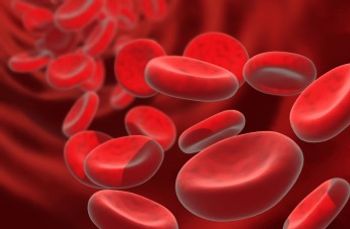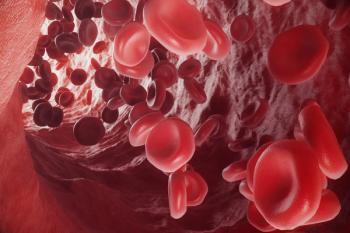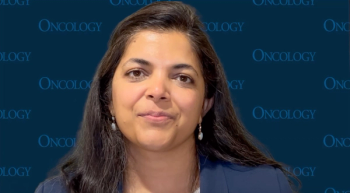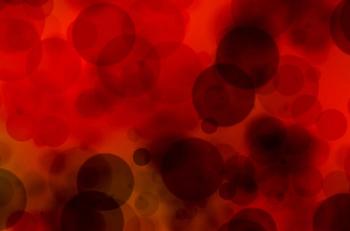
Polatuzumab Vedotin Regimen Yields ‘Meaningful’ Benefit in DLBCL, Expert Says
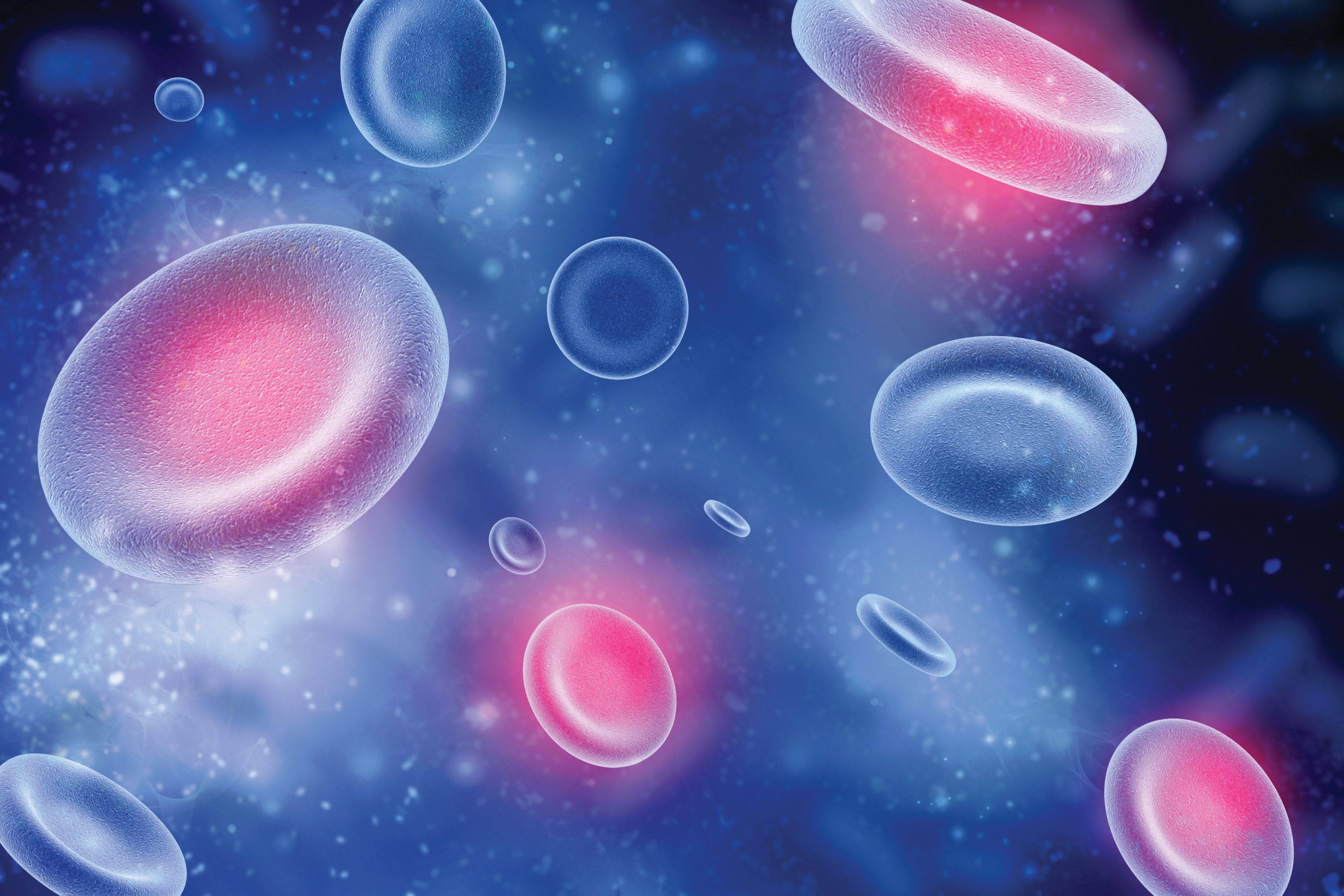
Polatuzumab vedotin-piiq plus R-CHP can reduce the need for any subsequent lines of therapy for patients with diffuse large B-cell lymphoma, according to an expert from The University of Texas MD Anderson Cancer Center.
Christopher R. Flowers, MD, MS, FASCO, spoke with CancerNetwork® prior to the approval of polatuzumab vedotin-piiq (Polivy) plus rituximab (Rituxan), cyclophosphamide, doxorubicin, and prednisone (R-CHP) about how the regimen would benefit patients with previously untreated diffuse large B-cell lymphoma (DLBCL).1
Flowers, a professor and chair in the Department of Lymphoma/Myeloma and interim division head of the Division of Cancer Medicine at The University of Texas MD Anderson Cancer Center, described the improved progression-free survival (PFS) with polatuzumab plus R-CHP as a “meaningful” benefit for this patient population. He also noted how the regimen’s approval as a first-line treatment option would reduce the need for any additional lines of therapy.
According to data from the phase 3 POLARIX trial (NCT03274492) published in The New England Journal of Medicine, polatuzumab plus R-CHP produced a 2-year PFS rate of 76.7% (95% CI, 72.7%-80.8%) compared with 70.2% (95% CI, 65.8%-74.6%) with R-CHP plus vincristine (R-CHOP; HR, 0.73; 95% CI, 0.57-0.95; P = .02).2
Transcript:
Patients who were eligible for the [phase 3 POLARIX] trial] with [DLBCL] across the board received a benefit from this treatment. That benefit in [PFS] is a meaningful [one]. One of the things that we know is that in the relapse setting, there are many options for patients. One of the things that we didn’t see in the trial was a difference in overall survival [OS]. Part of [the reason for] that is that for some of the studies that I’ve been involved with in the past when you looked at more than 7000 patients with first-line [DLBCL], they would take more than 10 years of follow-up to see a difference in [OS]. From my perspective, that’s an unacceptably long period of time to wait to see whether a new therapy is benefiting patients.
We also know that there are multiple other [options] that patients can get in the relapse setting. [There are] other therapies like autologous stem cell transplantation, CAR T-cell therapies, and others that are now available in the second or later line for patients with [DLBCL]. Those are approaches that can help to prolong [OS], but those are also approaches that are associated with toxicity. There are multiple other subsequent lines of therapy that are also available, but [they are] not curative therapy. This approach with [polatuzumab plus R-CHP] is a first-line therapy that can cure patients and reduce the need for any subsequent therapy.
References
- FDA Approves Genentech’s Polivy in Combination With R-CHP for People With Certain Types of Previously Untreated Diffuse Large B-cell Lymphoma. News release. Genetech. April 19, 2023. Accessed April 19, 2023. https://bwnews.pr/3Aa9fFt
- Tilly H, Morschhauser F, Sehn LH, et al. Polatuzumab Vedotin in previously untreated diffuse large B-cell lymphoma. N Engl J Med. 2022;386(4):351-363. doi:10.1056/NEJMoa2115304
Newsletter
Stay up to date on recent advances in the multidisciplinary approach to cancer.


